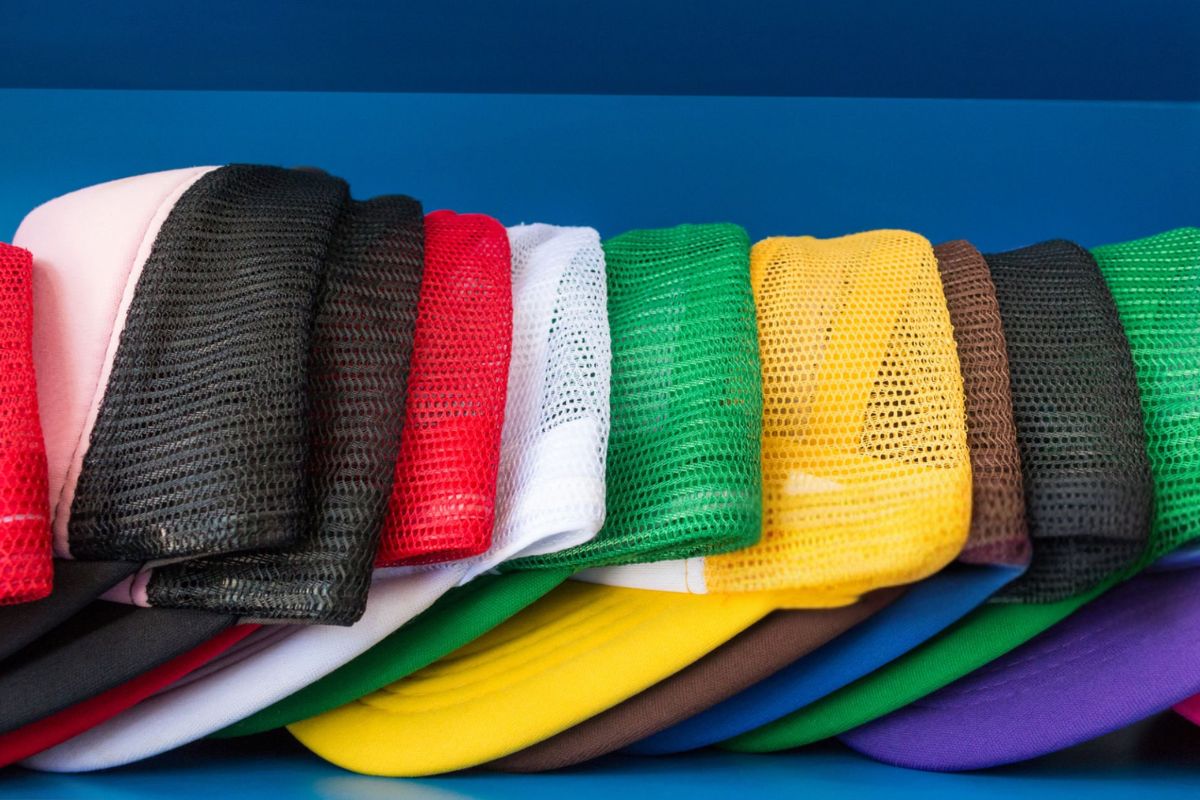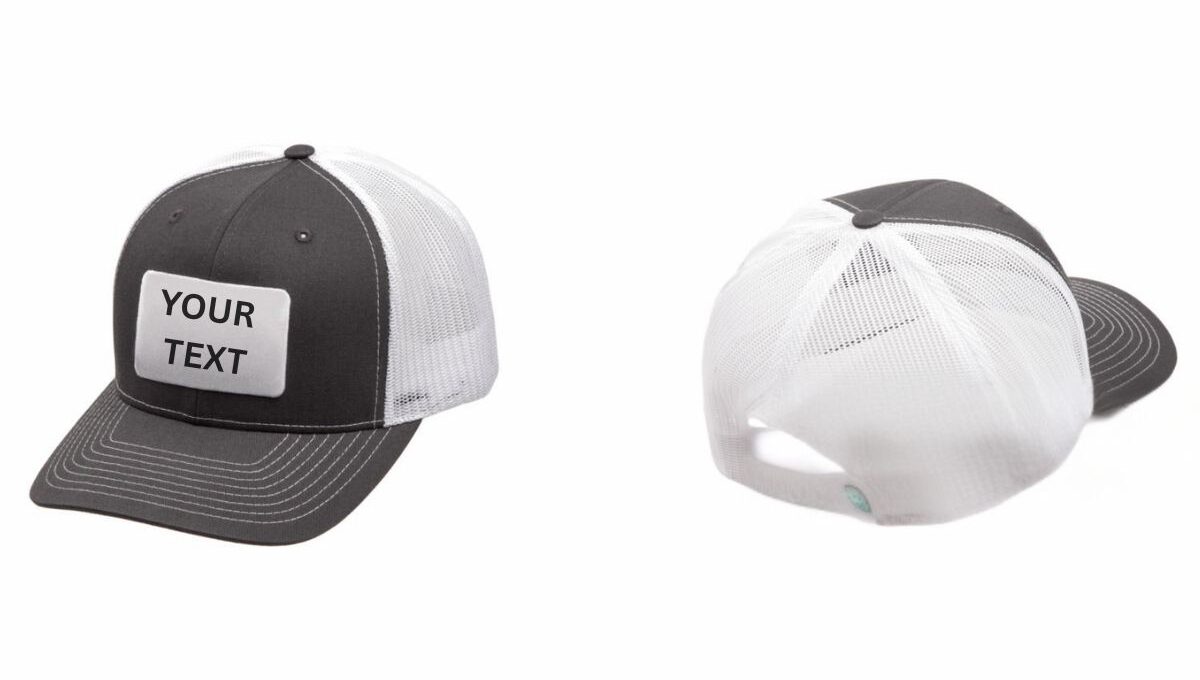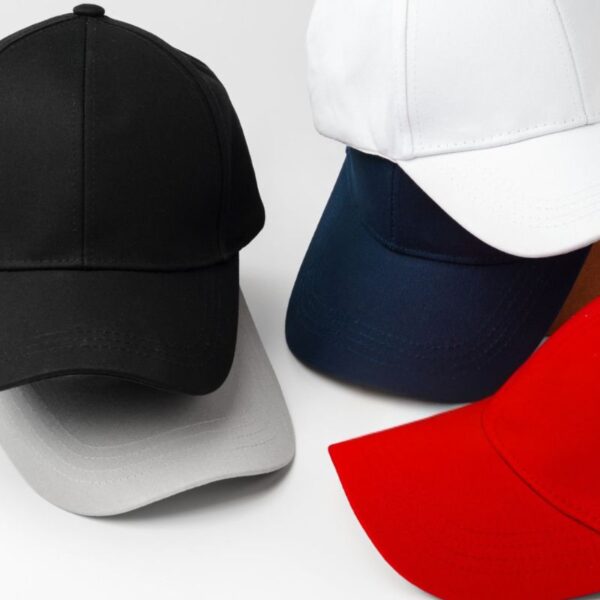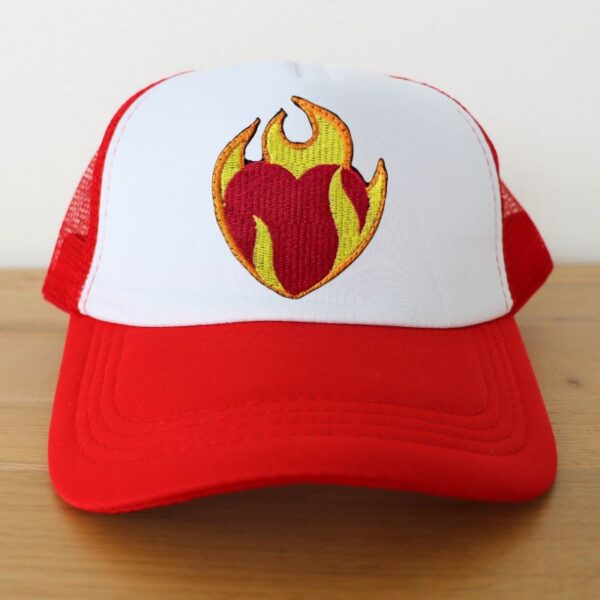Personalized mesh hat have become one of the most stylish, functional, and profitable apparel products in today’s fashion and eCommerce world. Whether you’re a designer, influencer, or small business owner, this guide will show you exactly how to design and sell custom mesh hats using print-on-demand (POD) platforms—without managing inventory or taking on financial risk.
Table of Contents
Why Personalized Mesh Hats Are in High Demand
Custom mesh hats are a rising trend in both streetwear and promotional branding. From gym-goers to festival fans to startup teams, everyone loves the combination of breathable design, bold personalization, and functional style.
Pair this with the print-on-demand business model, and you get a winning formula: no upfront inventory, global fulfillment, and scalable sales potential. It’s a low-risk, high-reward opportunity for creators and entrepreneurs alike.
Step 1: Choose the Best POD Platform for Mesh Hats
Before you start designing, you need a reliable POD provider that offers mesh or trucker-style hats with solid customization options. Here’s what to look for:
Printing Methods
The type of print method directly affects quality, appearance, and durability. Embroidery offers a premium look and is ideal for logos and bold text. Direct-to-Film (DTF) enables colorful and detailed designs, while sublimation (if available) is best for full-color, edge-to-edge prints. Some platforms also offer custom patches—great for textured, standout branding.
Hat Style Options
Not all mesh hats are the same. Consider whether you want classic trucker caps, structured or unstructured crowns, and adjustable snapbacks or strap closures. A variety of styles gives you more freedom to target different customers and niches.
Integration and Ease of Use
Look for POD platforms that integrate seamlessly with eCommerce channels like Shopify, Etsy, WooCommerce, and TikTok Shop. The easier the integration, the smoother the order automation and fulfillment process.
Pricing and Margins
Pay attention to base product costs and shipping fees. The difference between a $12 and $16 base price can significantly impact your margins, especially if you’re running promotions or ads. Domestic fulfillment is a plus, as it reduces shipping times and potential delays.
Step 2: Design Eye-Catching Personalized Mesh Hats
Your hat design is your brand’s identity. Whether you’re creating a minimalist design or a loud, funny slogan, the right design will catch attention and drive sales.
Optimal Design Placement
The front panel of the mesh hat is the most visible and effective space for branding. Use the side panels for subtle logos or icons and consider using the mesh area on the back for discreet slogans or brand symbols.
Design Best Practices
Use bold, easy-to-read fonts, especially if your design includes text. Always use high-resolution graphics (300 DPI or higher) and vector file formats like SVG or AI to ensure crisp, clean embroidery or print. Poor quality artwork can result in fuzzy, off-center logos that damage your brand’s reputation.
Trending Design Ideas
Current trends in custom mesh hats include retro Americana designs, sleek minimalist logos, sarcastic or edgy phrases, and niche-targeted themes such as gym culture, fishing, gaming, or trucker lifestyle.
Recommended Design Tools
Canva is perfect for beginners thanks to its drag-and-drop features. Adobe Illustrator is best for professional, high-precision design work. For mockups, Placeit helps visualize how your design will look on real hats, which is great for product listings.
Step 3: Set Up Your Online Store for Maximum Sales
| Setup Element | Best Practices & Optimization Tips |
|---|---|
| Product Listings | High-resolution images (front, back, close-up), lifestyle photos, and 360° previews |
| Product Descriptions | Focus on material, comfort, fit, customization options, and use cases (e.g., sports, branding) |
| Customization Tool | Interactive design tool with live preview, color picker, and font selection |
| SEO Optimization | Use keywords like “custom mesh hat,” “personalized trucker cap,” “breathable hat with logo” |
| Mobile Optimization | Ensure store is fully responsive with fast-loading mobile pages |
| Pricing Strategy | Offer volume discounts (e.g., 10% off 5+ hats), upsells like embroidery upgrade or gift wrap |
| Reviews & Testimonials | Feature user-generated content with photos wearing the hats |
| Checkout Experience | One-page checkout, multiple payment options (PayPal, Apple Pay, cards), guest checkout allowed |
| Shipping Information | Transparent shipping times and rates; free shipping over X amount |
| Abandoned Cart Recovery | Email reminders with discount code or product image preview |
| Promotions & Bundles | Launch BOGO deals, limited-time offers, or bundle 2+ hats for savings |
| Email Capture & Follow-Up | Pop-up offer for 10% off first order; automated thank-you + review request email |
| Live Chat Integration | Instant support for size, style, or design questions to boost buyer confidence |
| Social Media Integration | Instagram Shop/Facebook Catalog + “Shop Now” CTAs on your best visuals |
| Analytics & A/B Testing | Use tools like Google Analytics & Hotjar to optimize layout, CTA button color, and product order |
Choosing the right platform for your store is crucial to your success.
Best Platforms to Sell On
Shopify gives you full control over your branding and customer experience. It’s ideal for those looking to build a serious brand. Etsy is a fantastic choice for creators selling niche or handmade-style products with a built-in audience looking for personalized items. TikTok Shop and Amazon Merch can provide enormous traffic, though they come with more competition and less control over branding.
How to Optimize Product Listings
Use high-quality mockups in your product photos, ideally from your POD provider’s generator or a professional mockup tool. Make your personalization options clear—such as name placement, color choices, or text edits. Optimize your product descriptions for SEO by including relevant keywords like “custom mesh hats,” “embroidered trucker caps,” and “personalized snapbacks.”
Step 4: Market Your Hats Like a Pro

You don’t need a huge ad budget to start making sales. Focus on a few high-impact, low-cost marketing strategies that deliver real results.
1. Build a Presence on Visual Platforms
Start with platforms that thrive on visuals—Instagram, TikTok, and Pinterest. These are perfect for showcasing stylish hats in real-life scenarios. Share:
- Real customers wearing your hats
- Behind-the-scenes design videos
- Creative styling tips or outfit pairings
Make sure to use trending audio and relevant hashtags to boost visibility.
2. Spark Engagement with User-Generated Content
Want free content and trust signals? Encourage happy customers to post photos or videos wearing your hats. Incentivize them with:
- A discount on their next purchase
- Entry into a giveaway
- A chance to be featured on your official page
This not only builds social proof but also deepens community engagement.
3. Partner with Micro-Influencers
Influencer marketing doesn’t require celebrities. Find micro-influencers (1,000–20,000 followers) in niche communities such as:
- Fitness and gym culture
- Outdoor enthusiasts and hikers
- Skaters or streetwear fans
- Truck drivers or country music lovers
Send them a free sample and ask for a shoutout or review. Their tight-knit audiences trust their opinions—and that means higher conversion potential.
4. Use Targeted Paid Ads (When You’re Ready)
Once you’re seeing some organic traction, consider running small, targeted ad campaigns:
- Use Facebook and Instagram Ads to reach niche hobbyists like festival-goers, gamers, or fashion lovers.
- If you’re using Shopify, leverage Google Shopping Ads to target people actively searching for custom hats.
Start with a low budget and test different creatives to see what resonates.
5. Boost Your Sales with Upselling Tactics
Increase your average order value with smart product pairings:
- Bundle a mesh hat with a matching t-shirt or tote
- Offer discounts on purchasing multiple items
- Create limited-edition designs that expire soon to build urgency and FOMO (fear of missing out)
Step 5: Streamline Fulfillment & Customer Experience
| Category | Best Practice |
|---|---|
| Order Processing Time | 24–72 hours; offer priority fulfillment for rush orders |
| Live Design Preview | Show 3D or realistic mockups of personalization before checkout |
| Quality Control | Double-check embroidery alignment, mesh quality, and customization accuracy |
| Packaging | Breathable yet protective packaging; branded eco-pack or plain for dropshipping |
| Shipping Options | Standard, Express, and International with real-time carrier rates |
| Tracking & Notifications | Send auto-updates via email/SMS at every stage (confirmed, shipped, out for delivery, delivered) |
| Returns & Exchanges | Easy return for defective or wrong items; preview approval helps reduce errors in personalized items |
| Customer Support | 24/7 chatbot or live support; help center with FAQs on fit, style, and returns |
| Order Customization Notes | Allow customers to add specific notes (e.g., logo size preference, thread color choice) |
| Customer Reviews | Post-purchase review email with incentives (e.g., 10% off next order) |
| Unboxing Experience | Include thank-you card, care tips for mesh hats, and discount for future order |
| Reorder Simplicity | Enable 1-click reorder from past purchases for businesses or repeat buyers |
| Bulk Orders | Dedicated support + clear pricing tiers shown for events, teams, or company use |
| Loyalty Rewards | Points system or referral bonus to increase lifetime value |
Good design brings customers in. Great service keeps them coming back.
1. Test Product Quality with Samples
Before launching, order a few samples. Test the:
- Embroidery detail and durability
- Fit and comfort
- Packaging presentation
This gives you peace of mind and also content for product images and social media.
2. Set Clear Shipping Expectations
Don’t leave your customers guessing. Display realistic delivery times on your product pages and send tracking links post-purchase. If your POD provider supports regional fulfillment (e.g., Gelato or Printify Premium), use that to minimize delivery delays.
3. Make Returns Smooth and Professional
Sometimes things go wrong. If there’s a misprint or damaged item, handle it quickly and with empathy. Most POD platforms will reprint or refund if it’s their fault—but your tone and response time matter most in how customers feel about the experience.
Bonus: Ready to Scale? Here’s How

Once your hats start selling consistently, it’s time to level up.
1. Add Your Branding with White Labeling
Want to look more professional? Use POD services that allow white labeling:
- Add branded packing slips
- Include thank-you cards or care instructions
- Use your logo on shipping labels
This helps build brand recognition and creates a premium unboxing experience.
2. Negotiate Bulk Discounts
If you’re moving serious volume, contact your POD provider and ask about:
- Lower pricing tiers
- Volume-based discounts
- Priority production
Even saving $1–$2 per hat can dramatically improve your profit margins.
3. Explore Wholesale Opportunities
Think bigger than just eCommerce. Reach out to:
- Local boutiques or apparel shops
- Gyms, yoga studios, or sports teams
- Corporate gift suppliers
Or list your custom mesh hats on wholesale platforms like Faire or Handshake to reach retail buyers looking for unique merch.
Conclusion: Your First Hat Could Launch a Business
Custom mesh hats are more than just trendy accessories—they’re a powerful gateway into eCommerce. You don’t need to be a graphic designer or marketing expert to succeed. All you need is:
- A good POD platform
- Audience-first designs
- Smart, consistent marketing
Start small, test often, and focus on building your brand one sale at a time.
Your first design could be the start of something big. So why wait?
Pick your platform. Upload your design. And launch your custom mesh hat brand today.





Sign up